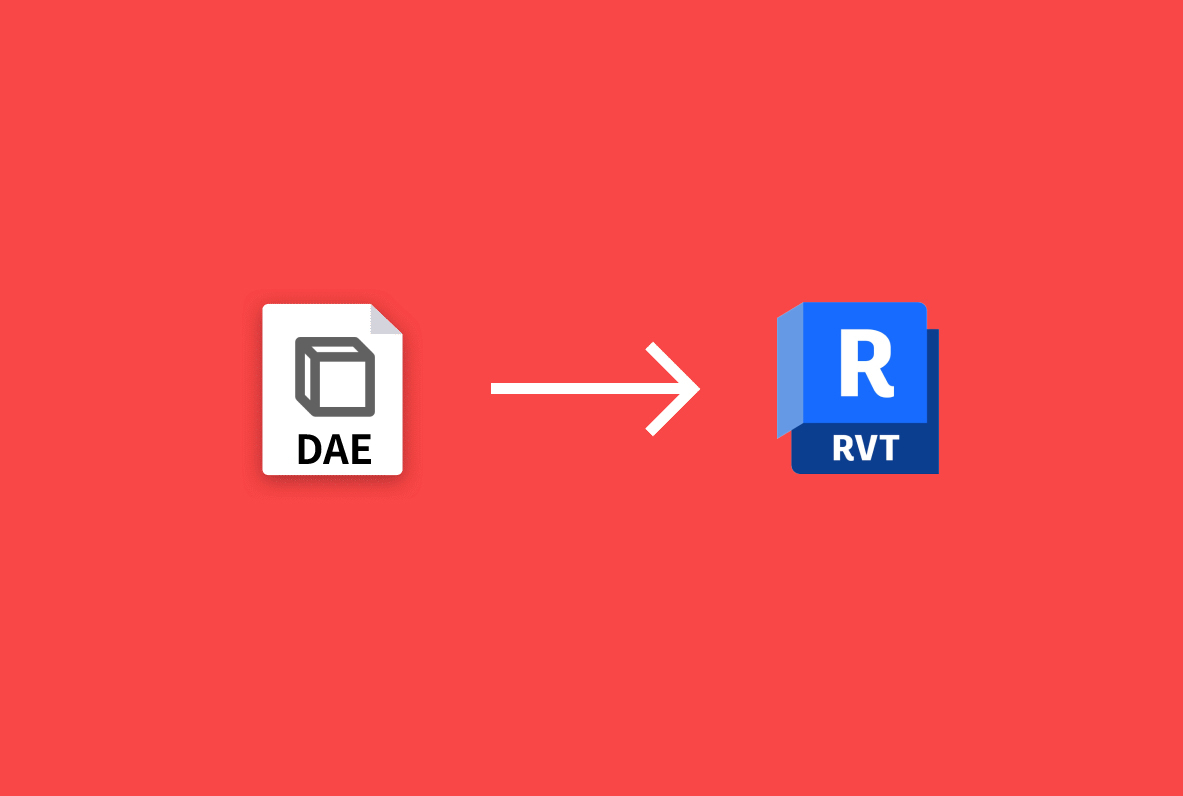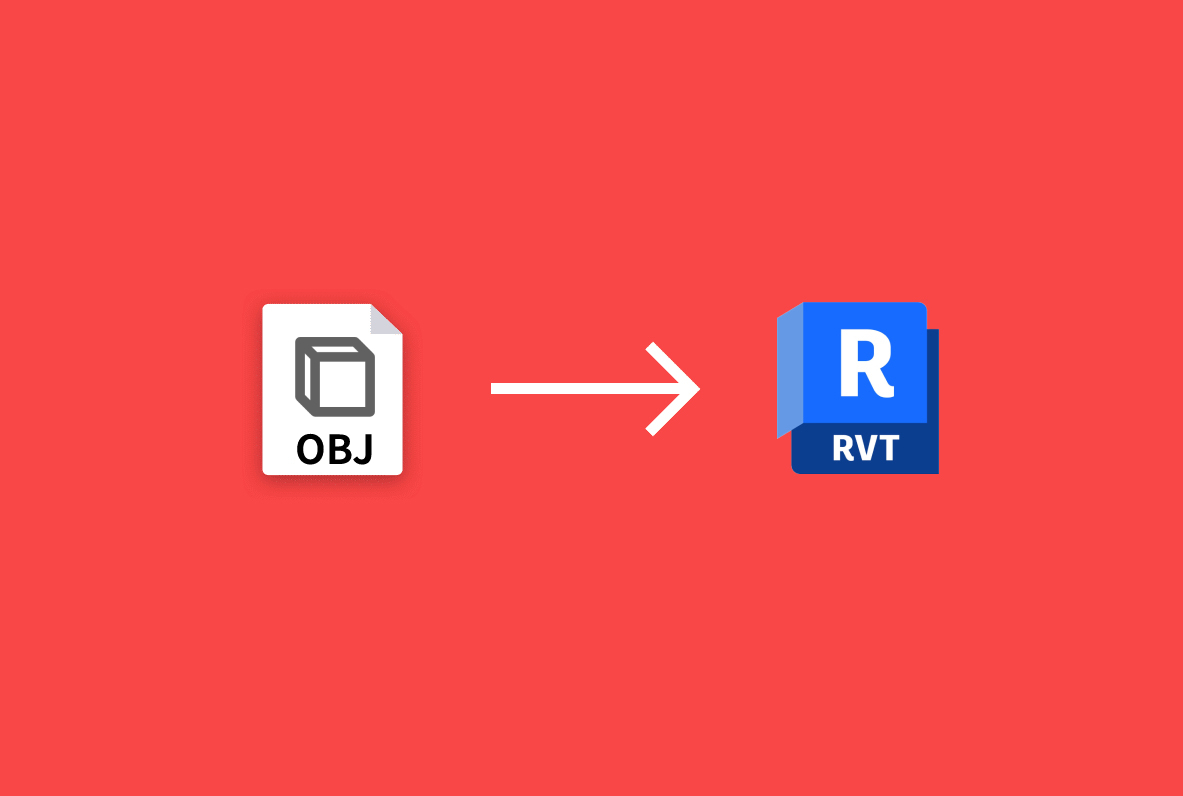Interoperability is the glue that holds the AEC systems together. Learn how sharing 3D data into Revit is evolving, the challenges, and the future.
Why translating 3D data is critical for interoperability?
The growth in the application of portable devices and the digitalization of the building industry create a digital universe with multiple engineering applications and 3D data formats. Sharing different data sources across various engineering applications ensures project coordination between land surveyors, architects, engineers, quantity surveyors, interior architects, and building owners. The geometrical boundaries of each model are critical to assess project decisions and cost evaluations and must be translated accurately.
The growth of 3D assets
More and more assets are being made available today, increasing the demand for data translation across applications.
One area with enormous development is digital models of terrain taken from drones with a precision of 1 cm. Such models can be turned into meshes that include texture and saved in 3D exchange formats. The accuracy and the speed of creating such models make them very price competitive and allow a truly rich 3D source of information.
Any professional with a Lidar-equipped iPhone PRO can survey rooms into meshes and import them into Autodesk Revit through 3D import or Revit. Refurbishing buildings is the most environmentally friendly way of building future spaces by reusing the embodied carbon of existing structures. In the building industry, working with existing facilities is not risk-free as many unknowns are hidden behind the surface. Outdated components, and dangerous materials, just to name a few, are challenges that need to identify in 3D data. The building industry's future will focus on capturing three-dimensional realities with more precision and automation to eliminate project risks. We can expect new equipment and methods to create 3D data that will ultimately address the industry's decarbonization.
Interior components like furniture are readily available in multiple data exchange formats. Translating them into the software native primitives each application supports is crucial to ensure that they look designed and give the correct intent.
The challenges of 3D data translation
Working with native objects in Autodesk Revit allows storing more information, assigning materials, and ensuring that the file size is compact and that the application runs speedily.
But let us break the translation into its significant parts. Firstly one needs to ensure that the geometry developed into another application and stored in the exchange format is similar once imported into Revit. The source model may have been built in a unitless application, but once brought into Revit, one must define a corresponding unit. The scaling operation must be exact to avoid tolerance issues when building meshes. The vertices of different triangles and polygons must match to prevent gaps or mismatches. The more accuracy one requires, the more processing time is needed to do scale operations. One should not expect nanometer precision in a building; however, merging faces and healing a surface requires computing effort when creating computer meshes.
Revit's particular demanding computer task is converting all lengths and point positions into its native unit system in decimal feet even though most of the users are drawing in a metric system world. We have covered this topic in another article called "Why is Revit so slow?". This aspect is crucial to understanding why most 3D programs are unitless and work much faster. The way to address this issue was to introduce a maximum distance of the imported model to the document origin to keep the mathematical calculations within a reasonable time.
The main 3D file formats
Exchange 3D data formats are the type of files that we will describe here.
They come with different storage features and more or less open formats, depending on who has developed them and what has been the field of application. The exchange files we are most interested in are the ones that, besides storing the geometry, also store materials, color, texture, and transparency. This data allows breaking scenes into objects and objects into parts. The visual identification of this hierarchy is crucial for understanding the objects. This data also allows for a realistic representation of the objects, which may include textures and precise rendering instructions. An excellent example of an exchange format that carries materials and is still one of the most popular today is the Wavefront OBJ. That format, owned by Autodesk since 2006 is not fully supported in Autodesk Revit. We cover more details about the Wavefront format in another article.
The more complete exchange formats allow the storage of entire scenes, not just materials. They will typically include lighting, animation sequences and cameras. Lighting, animation, and cameras are not the most common 3D attributes one expects to share across the AEC industry, but they are helpful when collaborating with companies delivering realistic visualizations. The 3D file types that are the most relevant at present are Gtfl from Khronos Group and USDZ, developed by Apple/Pixar that gets native support on iOS. Older formats such as Collada and FBX are becoming less relevant. However, many applications still support them, and plenty of 3D assets in those formats are ready to be downloaded from the internet.
In the last years, there has been an effort for the portability of 3D formats. Such files can now be quickly transferred across the internet and used on mobile devices. These new 3D formats will allow growth in application and assets available that the AEC industry will primarily benefit from.
New possibilities with 3D data
One can conclude or at least anticipate an intense development in the exchange of 3D data and consequent interoperability.
Sharing 3D models between different applications in open design processes means that geometry will continue to be the specification for many complex systems; therefore, accurate translation from one system to another will remain essential.
On the Revit front, we expect that the One Graphics System developed from Autodesk for multiple applications that were announced in 2021 will finally deliver high-performance graphics. It shall allow Revit to handle more detailed data and produce more realistic visualizations without using external programs such as Enscape. If that proves to work, Revit can become central for producing visualization. In that case, it will be necessary to import all sorts of 3D objects such as entourage, trees, cars, people, etc. Keeping the workflow in as few applications as possible is the ideal scenario. However, we admit that Autodesk has a long road to go to deliver the same visualization tools as the competitors and as the extensions that use real-time graphics provided by the GPU.
On the file format front, significant efforts like the one from the Khronos group to establish open 3D formats like the Gltf with broad support across the industry makes us enthusiastic. These new standards will adopt better technical solutions that benefit software and hardware development and push into better collaboration. Import 3D from archi is the extension for Revit that will allow sourcing these 3D formats into native Revit objects and materials.




